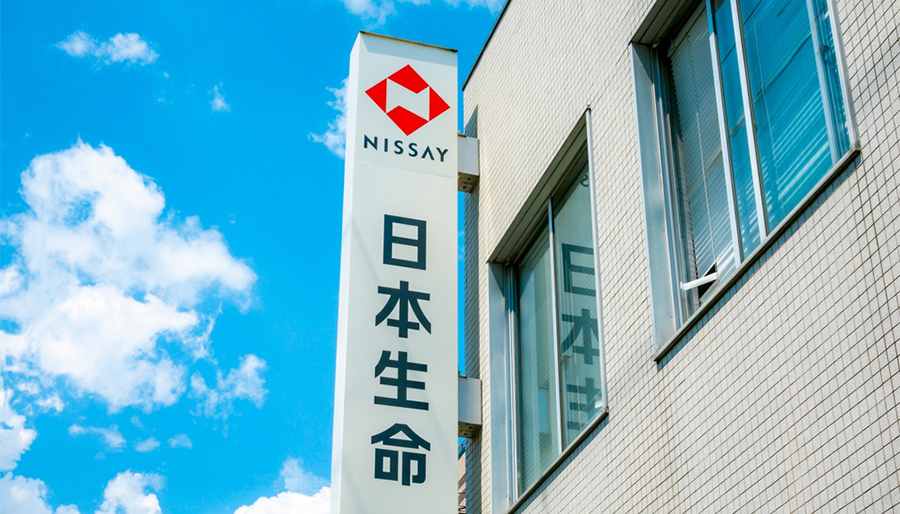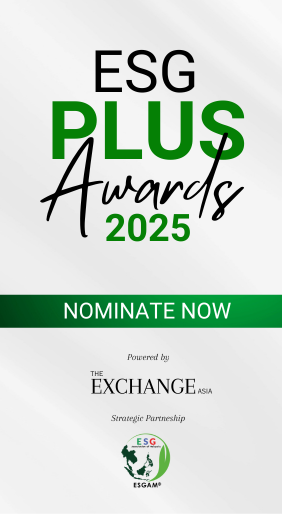Japanese insurer Nippon Life – known locally as Nissay – has launched the Nippon Life Nature Finance Approach, a new framework to assess the impact of corporate activities on nature restoration.
The initiative seeks to embed nature-related considerations into both business operations and investment strategies, reflecting Nippon Life’s broader sustainability vision of “Passing on an indispensable Earth to the future.”

The framework draws on the ‘Biosphere Integrity’ principle from the Planetary Boundaries model, which highlights ecological thresholds critical to human well-being. It primarily focuses on terrestrial ecosystems such as forests, flora, and fauna.
Key indicators include:
-
Net primary production (NPP): the energy plants generate for growth and survival
-
Human appropriation of NPP (HANPP): the share of NPP consumed by humans
-
Population trends of endangered species
The approach is also guided by the “do no significant harm” principle to ensure other environmental and social risks are avoided.
“We have developed a nature finance approach that introduces new evaluation indicators for nature recovery, drawing on the Planetary Boundaries model and international agreements such as the Global Biodiversity Framework,” said Yasutoshi Miyamoto, General Manager of the Responsible Investment Strategy Office at Nippon Life.
“Through dialogue with industry, government, and academia, we aim to refine and expand this approach across investment and financing practices.”
ERM’s role
The framework was developed in collaboration with sustainability consultancy ERM, which also supported Nippon Life’s climate strategy.
“We designed the Nature Finance Approach in alignment with the latest scientific insights,” said Kosuke Kanematsu, Partner at ERM Japan. “Nippon Life’s ambitious vision for nature restoration has the potential to inspire wider action among companies, investors, and financial institutions pursuing a nature-positive future.”







